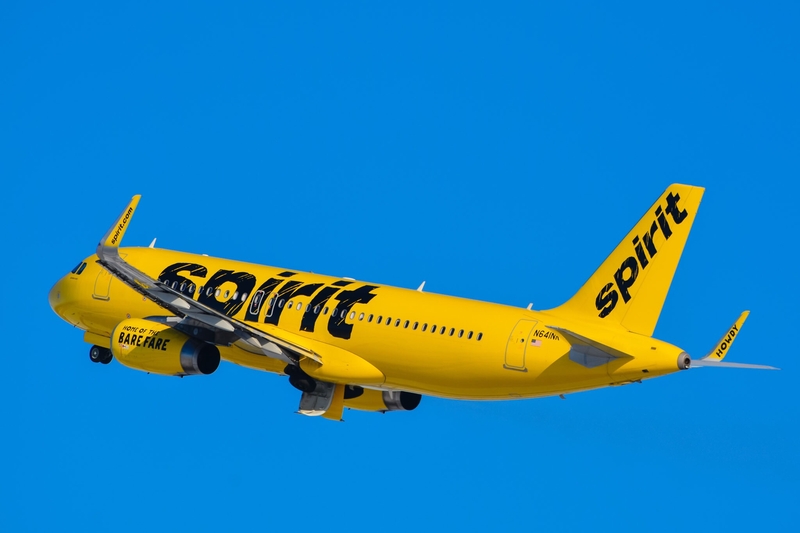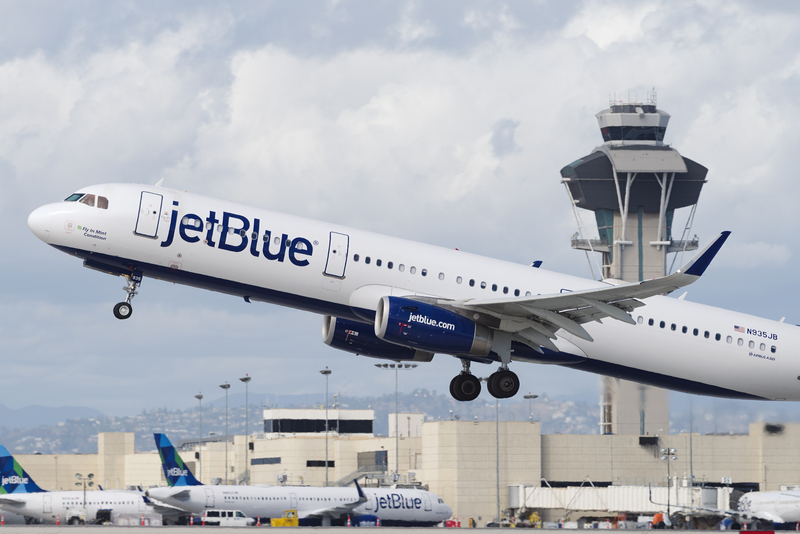China Eastern Airlines Completes First Engine Swap on COMAC C919, Marking Key Milestone for China’s Homegrown Jet

ID 331014572 © Boarding1now | Dreamstime.com
China Eastern Airlines has successfully completed the first engine swap on its COMAC C919, China’s first domestically produced narrow-body jetliner. This milestone marks a significant achievement for both China Eastern and COMAC, as it demonstrates the operational readiness and growing maturity of the C919 in the competitive aviation market. This accomplishment not only validates the capabilities of the aircraft in commercial service but also underscores China’s ambition to establish itself as a global player in the aviation manufacturing industry.
The C919, developed by the Commercial Aircraft Corporation of China (COMAC), is the country’s answer to the Boeing 737 and Airbus A320 families, which dominate the single-aisle jet market. As the first Chinese-built jetliner to enter commercial service, the C919 has been closely watched by the aviation industry since its debut. The successful engine swap is a critical step in ensuring that China Eastern can continue operating the C919 smoothly, while also paving the way for further adoptions of the jet by other Chinese and international carriers.
Details of the Engine Swap Operation
The engine replacement involved the LEAP-1C engine, developed by CFM International specifically for the C919. This engine swap was conducted by China Eastern’s maintenance and engineering team, following strict protocols to ensure the aircraft’s safety and compliance with international aviation standards. The process involved removing the existing engine, inspecting the pylon and other connecting components, and installing a new engine, followed by rigorous testing to confirm functionality and performance.
The swap not only showcases China Eastern’s technical proficiency but also underscores the readiness of the airline’s engineering teams to support this new aircraft type. This expertise will be crucial as the C919 continues to enter service and as more units are delivered to airlines across China. The ability to perform complex maintenance operations such as an engine swap on the C919 enhances the operational reliability of the aircraft and reduces downtime, which is critical in maintaining an efficient and profitable fleet.
The engine swap also marks an essential validation point for the LEAP-1C engine, which is part of CFM’s LEAP engine series used on multiple aircraft models, including the Airbus A320neo and Boeing 737 MAX. Known for its fuel efficiency and reduced emissions, the LEAP engine has been central to the C919’s design as a modern, environmentally friendly alternative to older jet models.

ID 331015319 © Boarding1now | Dreamstime.com
Significance for China’s Aviation Industry
The successful completion of this engine swap is a positive step for China’s aviation industry, demonstrating that the C919 is capable of being maintained and serviced domestically. This progress is essential as China continues to promote the C919 as a viable competitor in the single-aisle market, which has long been dominated by Boeing and Airbus.
With the C919 now in active service with China Eastern Airlines and additional deliveries scheduled for other carriers, China’s aviation sector is entering a new era. This engine swap underscores the aircraft’s operational viability, helping to build confidence among Chinese airlines and potentially paving the way for more orders. As COMAC scales production and improves the aircraft’s support infrastructure, the C919 may increasingly become a preferred choice for Chinese airlines looking to diversify their fleets with domestically manufactured aircraft.
Moreover, China’s ability to maintain and perform complex repairs on the C919 independently supports the country’s long-term goal of reducing its reliance on foreign-manufactured aircraft and services. The C919 program is a core component of China’s “Made in China 2025” initiative, aimed at enhancing the country’s industrial capabilities across high-tech sectors, including aviation.
China Eastern’s Role in C919’s Development and Market Adoption
As the C919’s launch customer, China Eastern has played a critical role in supporting COMAC’s vision for a Chinese-made commercial jetliner. The airline’s early adoption of the C919 has provided COMAC with valuable insights into the aircraft’s performance in commercial operations, helping to identify areas for further improvement. China Eastern’s engineering team has been instrumental in refining maintenance protocols, ensuring that the C919 can meet the rigorous standards expected in the global airline industry.
China Eastern currently operates several C919 aircraft on domestic routes, primarily focusing on major cities such as Beijing, Shanghai, and Guangzhou. The feedback gathered from these flights allows COMAC to make technical adjustments, develop maintenance best practices, and enhance operational reliability, which is essential as more airlines integrate the C919 into their fleets.
By supporting the C919’s development, China Eastern is also investing in the future of Chinese aviation, contributing to the growth of the country’s aviation ecosystem. The successful engine swap demonstrates that the airline is well-prepared to manage the operational demands of the C919, establishing a maintenance framework that other airlines adopting the C919 can follow.
The Future of the COMAC C919 in Domestic and Global Markets
The successful completion of the engine swap on the C919 is a promising indicator of the aircraft’s future potential, both within China and internationally. With plans to ramp up production and increase deliveries to Chinese airlines over the coming years, COMAC aims to capture a significant share of China’s domestic aviation market, where demand for single-aisle jets is projected to remain high.
While the C919’s initial focus is on the domestic market, COMAC is exploring opportunities to export the aircraft to other regions. The success of operations like the engine swap is crucial for building international confidence in the C919, as global airlines will consider maintenance ease, reliability, and support infrastructure when evaluating the aircraft for potential purchase. COMAC has already begun marketing the C919 to emerging markets and countries with close trade ties to China, such as Indonesia, Pakistan, and certain African nations.
Additionally, the C919’s development and successful deployment may eventually prompt global manufacturers to take notice of China’s growing capabilities in aerospace. The C919 could eventually introduce a third major competitor into the single-aisle market, challenging the dominance of Airbus and Boeing.
Bottom line
The completion of the first engine swap on the COMAC C919 by China Eastern Airlines marks a crucial achievement for China’s aerospace industry, reflecting the operational readiness of the country’s first domestically produced commercial jetliner. As China Eastern continues to operate the C919, the successful maintenance and support of the aircraft will strengthen its reliability and appeal in both domestic and international markets.
This engine swap highlights the broader ambitions of China’s aviation industry and the potential for the C919 to establish a lasting presence in the global commercial aviation market. As more C919s enter service, supported by the technical expertise of airlines like China Eastern, COMAC’s vision of a competitive, homegrown alternative to Western-built aircraft is coming closer to reality.




